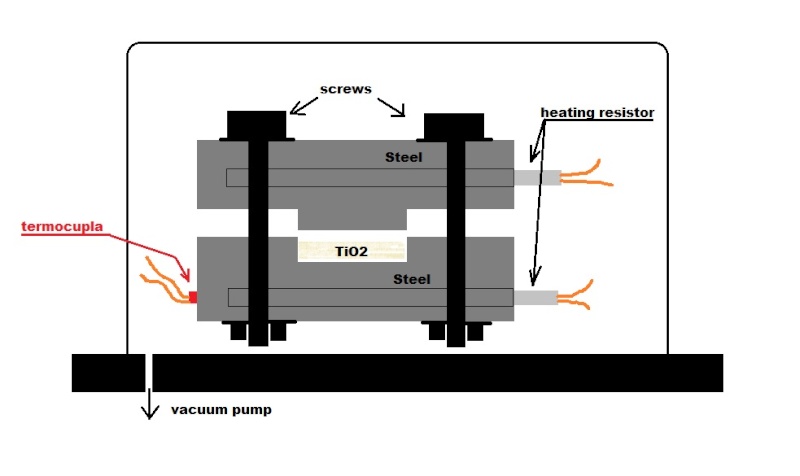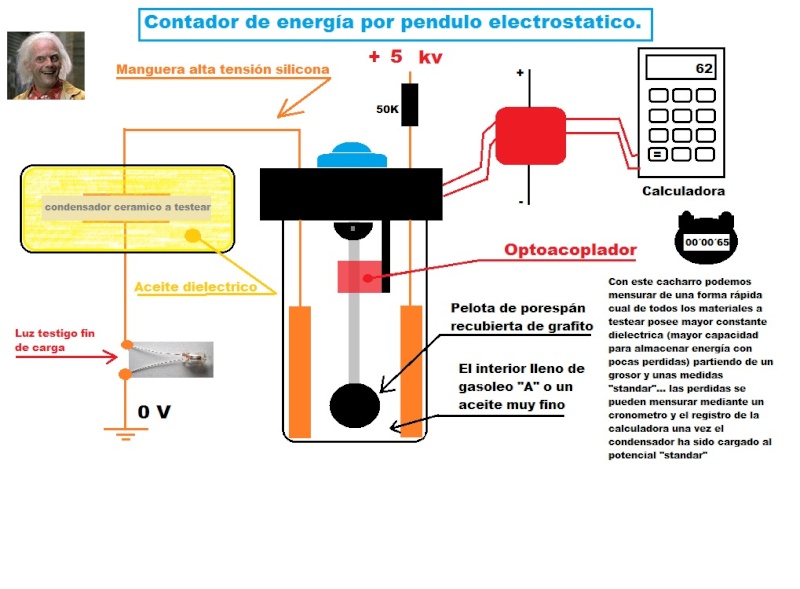http://www.google.com/patents/US3187206 ".................... In accordance with other aspects of this invention the dielectric member supporting the two electrodes may have electrical conductivity and/0r dielectric constant which varies progressively between its ends so that the dielectric member contributes to the non-linearity of the field gradient and causes a greater thrust to be developed.
In accordance with still other aspects of this invention, an annular electrode member is secured to an electrode mounted in the region of the axis of the annular electrode. If the second electrode is located at the center of the annular electrode and the two electrodes are energized, such force is not detected. However, if the second or innermost electrode is displaced from the center of the annular electrode in the region of the axis of the annular electrode and the electrodes are energized, then thrust will be produced by the two electrodes. The annular electrode may either be a flat ring, a toroid, or a section of a cylinder.
In accordance with still other aspects of this invention, tapered dielectric members having electrodes secured to opposite edges thereof may be employed to produce a thrust in response to the application of potentials to these electrodes. The thrust produced by these tapered dielectric members may be further augmented by embedding massive particles, such as lead oxide, in the Wedges, which particles are usually more concentrated near the points of the Wedges.
Accordingly, it is a feature of this invention to provide an electrical device for producing thrust which includes a dielectric member and electrodes supported at each end of the dielectric member, one of which electrodes is located in the region of the focal point of the arc of the arcuate surface electrode.
It is another feature of this invention to provide. a
device for producing thrust having a dielectric member.
and a pair of electrodes secured to opposite ends of the dielectric rod or member, one of which electrodes dea fines a parabolic or hyperbolic surface, the other electrode being located in the region of the focus of said surface.
It is another feature of this invention to employ an insulating rod or member between two electrodes,
which rod or member has a varying dielectric constant, said dielectric constant progressively increasing or decreasing along the length of the dielectric member. It is still another feature of this invention to employ a rod or member connected between two electrodes across which an electrostatic potential is applied, which rod or member has a varying electrical conductivity, said conductivity progressively increasing or decreasing along the length of the dielectric member.
It is another feature of this invention to employ a single electrode having an arcuate surface and to connect a source of potential to the arcuate surface which is opposite in polarity to the potential of the masses comprising the environment of the arcuate surface.
It is still a further feature of this invention to employ an arcuate electrode as a device for producing thrust and to apply a varying electrical signal to the arcuate electrode.
It is still another feature of this invention to employ a wedge of dielectric material having electrodes on opposite ends thereof to produce a thrust in response to the application of electrical potentials.
It is still a further feature of this invention to employ a tapered dielectric material having massive particles embedded therein to produce a thrust in response to the application of potentials to the electrodes secured to the dielectric member..............."


